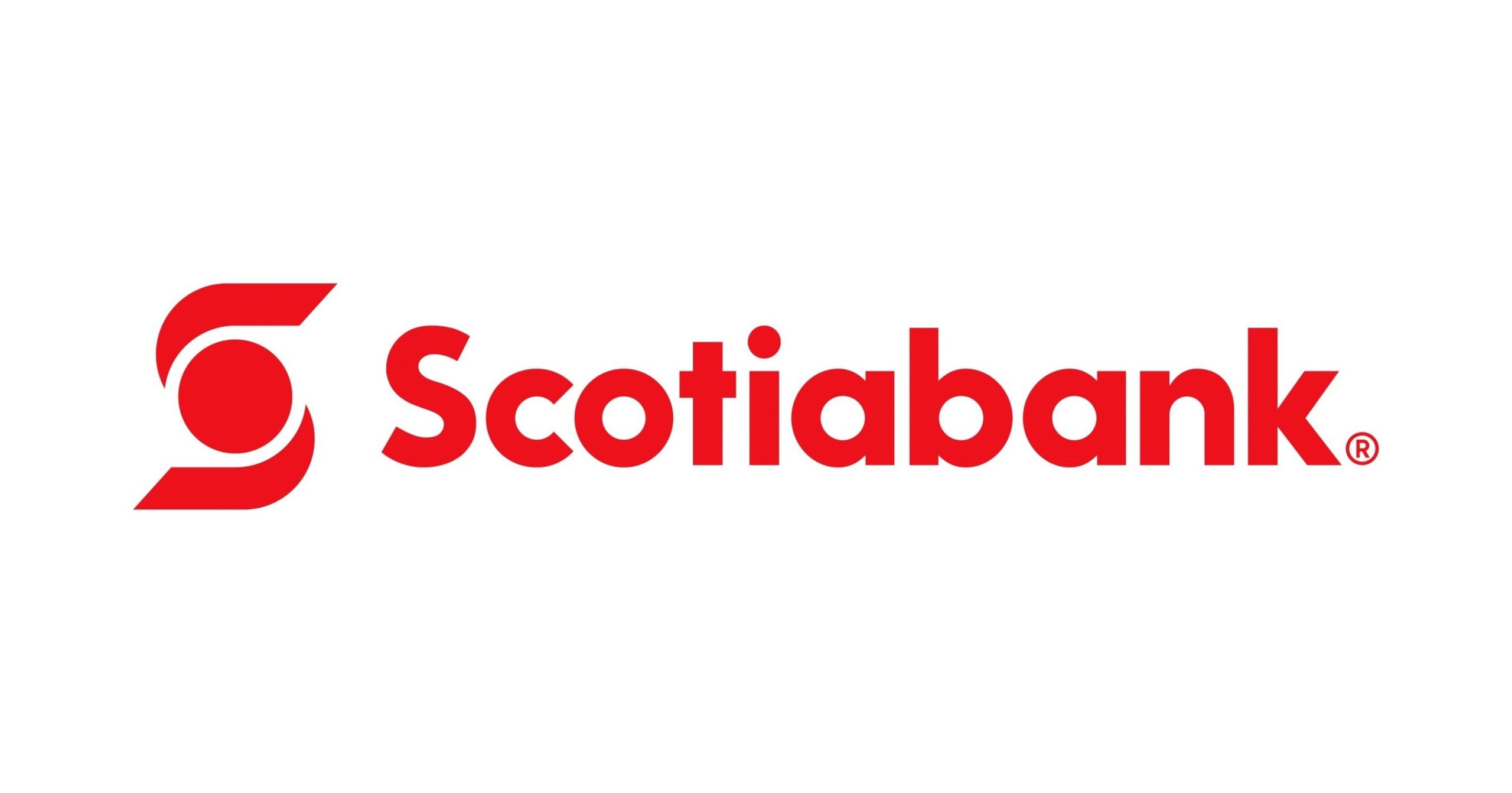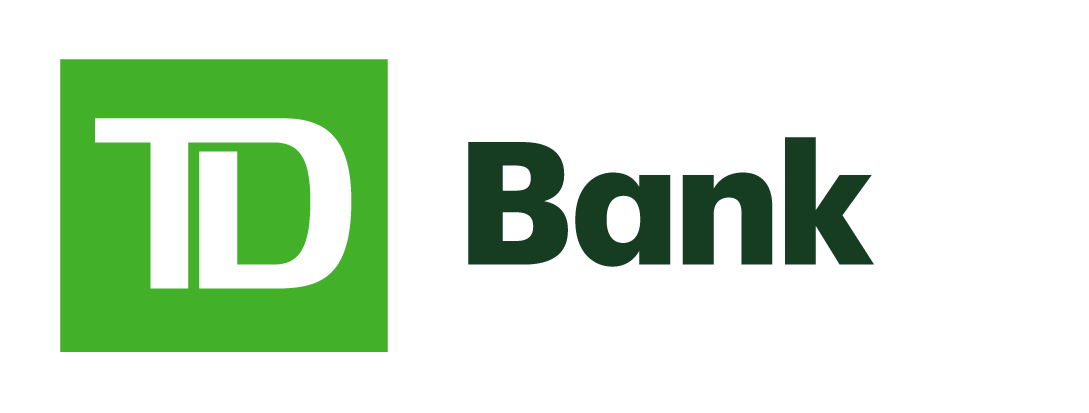
Navigating the Waters of Mortgage Loan Insurance: A Vital Tool for Homebuyers and Lenders Alike
In the journey of purchasing a home, mortgage loan insurance emerges as an essential component, especially when the homebuyer cannot make a substantial down payment. In Canada, this type of insurance is a common prerequisite for high-ratio mortgages – loans that are granted to borrowers with minimal down payments, often less than 20% of the purchase price. Understanding mortgage loan insurance is crucial for any potential homeowner looking to make an informed financial decision.
The Role of Mortgage Loan Insurance
Mortgage loan insurance, offered by the Canada Mortgage and Housing Corporation (CMHC) as well as private insurers like GE Capital Mortgage Insurance Company, is designed to safeguard lenders against the risk of borrower default. This security encourages lenders to finance mortgages for more individuals, expanding the accessibility of home ownership to a broader demographic.

For buyers, while it does represent an additional cost, mortgage loan insurance enables them to enter the real estate market sooner, with less saved for a down payment. It serves as a bridge for aspiring homeowners, allowing them to achieve their dreams without decades of prior saving.
The Legal Mandate and Cost Implications
By Canadian law, high-ratio mortgages require the backing of mortgage loan insurance. This law is rooted in a prudent risk management strategy that stabilizes the housing market by mitigating the risks associated with default. It’s a strategic cushion that maintains the health of the financial system by preventing the kind of widespread default that could lead to a housing crisis.
The cost of this insurance, known as the premium, is typically borne by the borrower. The premium can be paid upfront or, more commonly, added to the principal amount of the mortgage loan and paid off as part of regular mortgage payments. This premium is calculated as a percentage of the loan and can vary based on the amount of the down payment and the total loan amount.
Distinction from Mortgage Life Insurance
It is crucial to distinguish mortgage loan insurance from mortgage life insurance. While the former protects the lender, the latter is designed to protect the borrower’s family or dependents. Mortgage life insurance pays off the remaining mortgage in the event of the borrower’s death, ensuring that the borrower’s loved ones are not burdened by mortgage debt.
The Impact on Homebuyers
For homebuyers, the immediate impact of mortgage loan insurance is a slight increase in the monthly payment due to the added premium. However, this increase should be weighed against the broader benefit of being able to purchase a home with a lower down payment, which for many is a gateway to home ownership that would otherwise be out of reach.
Additionally, prospective homeowners should be aware that as of a certain threshold – typically when the equity in the home reaches 20% of the property value – the need for mortgage loan insurance diminishes and can often be removed, thereby reducing the monthly mortgage payment.
Conclusion
Mortgage loan insurance is a nuanced financial product with significant implications for the Canadian housing market. For borrowers, it is a tool that can unlock the door to home ownership. For lenders, it provides a layer of security that enables them to lend more freely. For the market as a whole, it is a stabilizing force, protecting against systemic risk. As with any financial decision, it is important for homebuyers to seek advice from a professional advisor to understand fully how mortgage loan insurance fits into their home-buying journey.


















